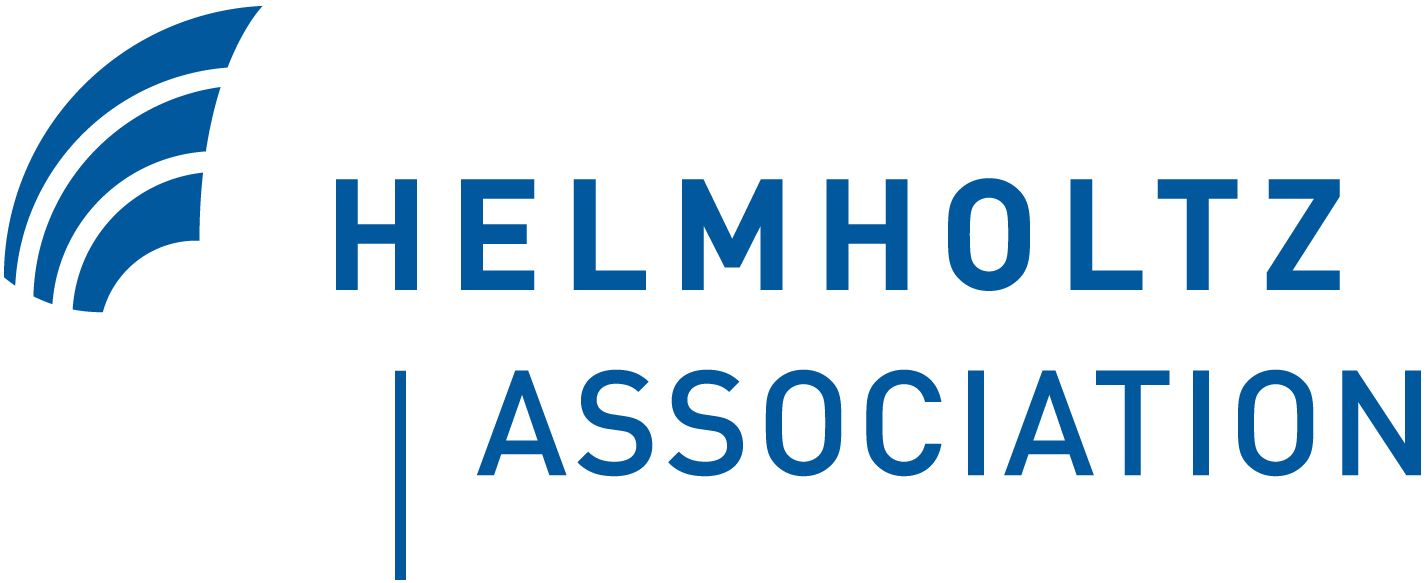Convolutional Neural Networks
pedagogic talk based on
and
Deep Learning Seminar · ICB · Helmholtz Munich · 9 May 2016
F. Alexander Wolf |
Institute of Computational Biology
Helmholtz Munich

Motivation
- V1 is arranged in a spatial map mirroring the structure of the image in the retina.
- V1 has simple cells whose activity is a linear function of the image in a small localized receptive field.
- V1 has complex cells whose activity is invariant to small spatial translations.
- Neurons in V1 respond most strongly to very specific, simple patterns of light, such as oriented bars, but respond hardly to any other patterns.
Recap
- A Multilayer perceptron = Feedforward Neural Network is a probabilisitic model: layered matrix-multiplications stacked with non-linear activation functions.
- Optimize log likelihood (classification or regression error) by stochastic gradient descent. Full gradient by backpropagating layer gradients.
So, what is a Convolutional Neural Network?
- It's simply a neural network that
uses convolution
in place of a "general matrix multiplication" in
at least one of its layers.
LeCun, Bottou, Bengio & Haffner, Proc. IEEE 86 2278 (1998)
What is a convolution?
- convolution of functions f(t) and w(t) (f∗w)(t)=∫∞−∞dτw(t−τ)f(τ)
- similar to cross correlation of f(t) and w(t) (f⋆w)(t)=∫∞−∞dτw(t+τ)f(τ)
▷
In deep learning, both of these operations are used in its discrete form and referred to as "convolution".
Convolution as constraint matrix multiplication
- discrete convolution of functions ft and wt, t∈{1,2,...,D},˜f=∑τwt−τfτ=Wf,˜f,f∈RD where Wtτ=wt−τ, W∈RD×D.
▷ Instead of D2, only D independent components.
Natural extension: sparsity
-
demand: wt−τ!=0 for |t−τ|>d
[usual property of kernels: e.g. Gaussian Wtτ=e−(t−τ)22d2]
▷ Instead of D2, only 2d nonzero components. ▷ Statistics ☺!
Convolution as sparsity constraint: graphical
(arrows represent arbitrary values)

(arrows: same values across receptive fields )

When is convolution a useful sparsity constraint?
Consider an example (d=1)
W=(⋱−110⋱⋱0−11⋱) ⇔ ˜ft=ft−ft−1,
that is, f =

↦˜f =

▷ Simple edge structures are revealed!
When is convolution a useful sparsity constraint?
- To obtain ˜f, the same local linear operation is applied to every t and its d neighbors. Here, it's multiplying with w=(−1,1).
- This is meaningful if data has dependencies between degrees of freedom ft that appear independent of the index t and are constraint locally to distance d: data features local patterns.
Examples for such local patterns
- Images: edges
- Audio: frequency patterns
- Language: grammar structures
Test: information-content not invariant under permutation?
Learn a kernel
Let us initialize a kernel (d=1) with random values wi
W=(⋱w1w20⋱⋱0w1w2⋱) ⇔ ˜ft=w1ft+w2ft−1,
again, f =

↦˜f =

- Also the random kernel seems to detect edges very well! Most work is already done! ▷ It seems not too hard to learn meaningful kernels!
Learn several kernels per layer
- Several kernels should learn different
local patterns:
e.g. edges oriented in different directions.
![]()
- So: evidently it's meaningful to use the same kernel for each location t in the input, because patterns appear in the same way across locations t.
But: What about the relevance of where patterns appear?
Pooling layers and local translational invariance
Assumption
- In most cases, classification information does not depend strongly on the location (index t) of a pattern. That is, the presence of a pattern is more important than its location.
- In many cases, our only interest is the presence or absence of a pattern.
Example: shifting the input
- Pooling layer = implement local translational invariance
- here: max pooling layer
![]()
![]()
Assemble everything

- Read input f.
-
Convolution stage
˜f(k):=W(k)f,
where W(k) is one of K convolution kernels, k=1,...,K. - Detector stage ˜f(k)t:=ϕ(˜f(k)t+b) where ϕ is an activation function, b a bias.
- Pooling stage ˜f(k)t:=maxτ∈[t−d,t+d]˜f(k)t
Some comments
-
Receptive field can grow layer wise.
![]()
-
Downsampling after pooling layer accounts for reduced information.
![]()
- From a Bayesian view, convolutional networks encode our believes about the structure of certain data - as argued up to here - using an infinitely strong prior.
More comments/questions
- Why do we put fully connected layers on top of the convolutional layers? For example, if our classification label is translation-invariant, there should be a smarter way?
- Traditionally, CNNs have been used for whole-image classification. Recent work deals with their application to pixelwise classification (object detection, segmentation, tracking), and aims at going beyond and independent treatment of patches.
Thank you!




